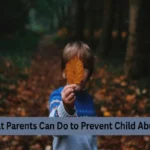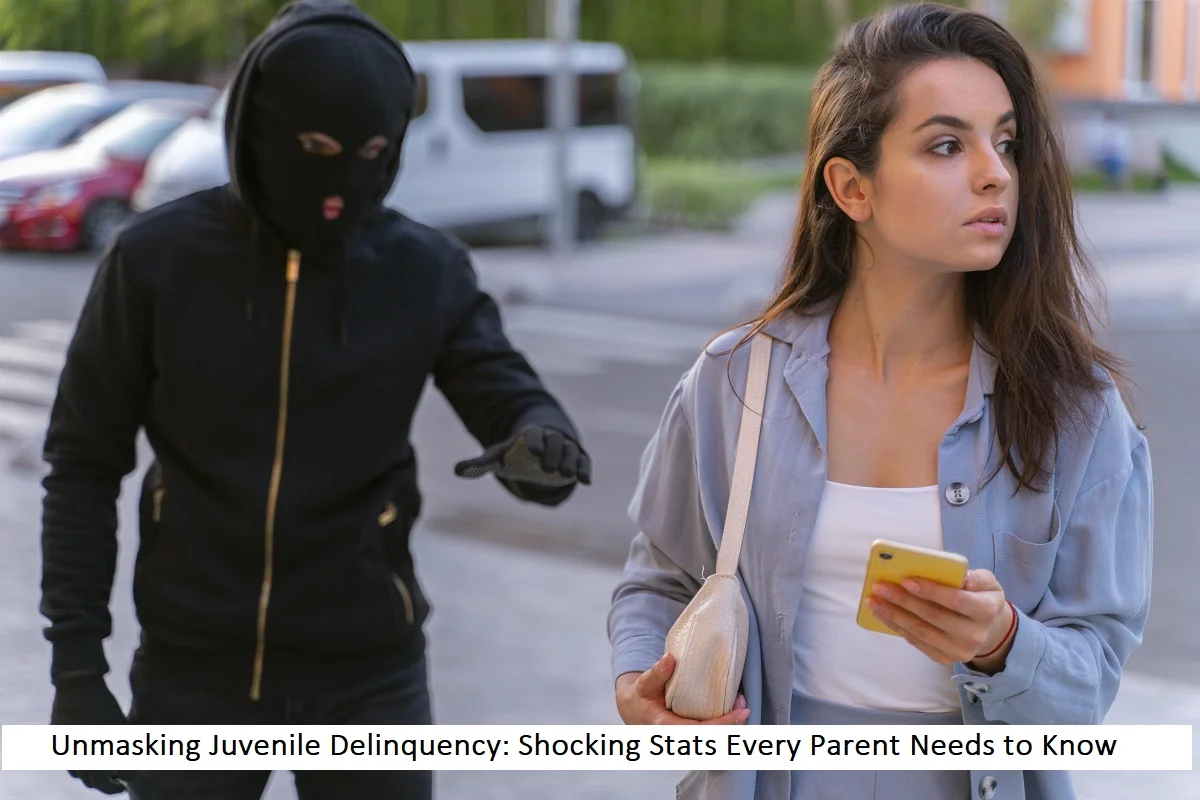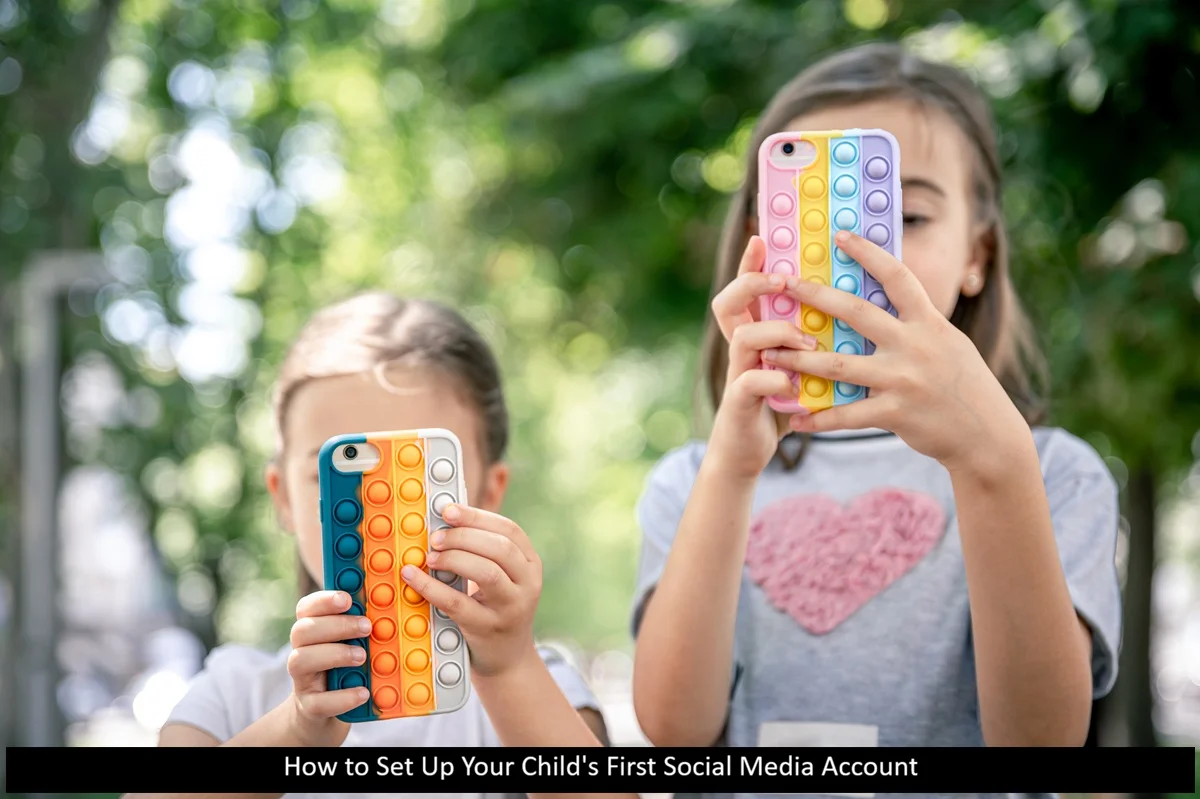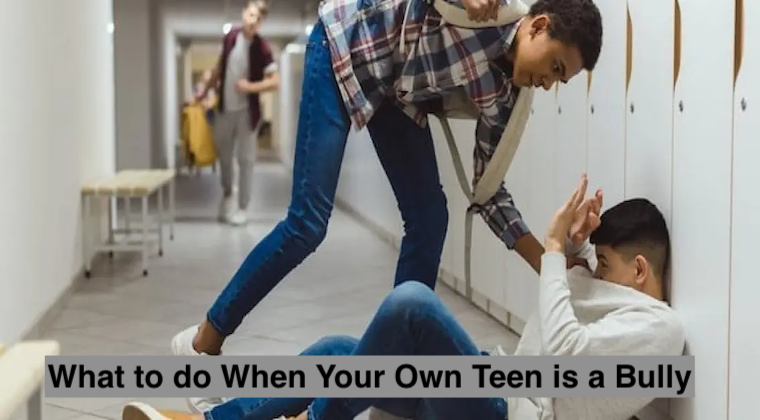“Did you know that nearly one in five teens has already committed an act that could land them in juvenile court—and most parents never see it coming?” This statement may sound alarming, but it reflects the growing concern around juvenile delinquency in today’s world. As parents, it’s natural to worry about your child’s well-being—academics, friendships, and even after-school activities. But what if the biggest threat isn’t just low grades or peer pressure, but something far more serious that creeps up without warning?
In this article, we’ll unmask the rising tide of juvenile delinquency by revealing shocking stats, sharing real-life stories, and offering actionable tips so you can stay vigilant and guide your children on the right path. We’ll follow a structure that keeps you engaged every step of the way—sprinkling surprising data, weaving in personal anecdotes, and suggesting practical steps that can make all the difference for your family.
Why Juvenile Delinquency Is on the Rise
If you’ve been feeling a sense of urgency around your child’s future, there’s a reason. According to the Office of Juvenile Justice and Delinquency Prevention (OJJDP), certain types of offenses—ranging from petty theft to cyber-related crimes—have seen significant increases among teens over the past few years. Experts point to factors like family instability, peer influence, and digital exposure as key contributors.
But stats alone don’t tell the whole story. Many parents struggle with daily stressors—work demands, economic challenges, and the ever-present digital distractions—that make it tough to notice when a teen is going off-track. This combination of widespread data and personal family dynamics sets the stage for a hidden crisis.
Shocking Data Point: A recent study reveals that more than 60% of juvenile offenders experienced a breakdown in communication with their parents in the six months leading up to their first offense.
These numbers underscore a crucial takeaway: delinquency often grows in the shadows of unaddressed problems at home. Let’s dig a little deeper.
The Human Face of Delinquency: Real-Life Stories
Kyle’s Spiral into Petty Theft
At 14, Kyle was an average student who rarely missed school. But he started skipping class to spend time with older teens in his neighborhood. Eventually, a “harmless dare” to shoplift escalated into repeated thefts. By the time Kyle’s parents noticed money missing from their wallets, he was in too deep—facing charges in juvenile court.
Key Lesson: Small, seemingly minor behaviors—like skipping class—can be early warning signs. Communication gaps between parents and children often allow these behaviors to escalate unnoticed.
Mia’s Cyber-Bullying Charges
Mia, 15, was in the top 10% of her class and active in extracurriculars. Yet behind the scenes, she was part of an online circle that relentlessly bullied a classmate. When parents and the school discovered the hateful messages, Mia was not only expelled but also faced potential charges under new cyber-bullying laws.
Key Lesson: Even high-achieving teens can make poor decisions under peer influence. Digital spaces can magnify mistakes, quickly turning a social media squabble into a legal issue.
By sharing these anecdotes, we see how juvenile delinquency emerges in both predictable and surprising ways. These stories are cautionary tales that show how everyday decisions—like choosing friends, controlling impulses, or managing stress—can spiral into lifelong consequences.
Actionable Tips to Keep Your Child on the Right Path
1. Initiate Regular Family Check-Ins
Why It Works: Consistent communication reduces the likelihood that minor issues will slip through the cracks. Set aside 15–20 minutes each week to talk—no phones, no distractions—about school, friends, and any concerns.
- How to Start: Explain that these check-ins aren’t about interrogation; they’re a safe space to share wins, worries, and even small annoyances.
- Psychological Impact: Open dialogues foster trust. Teens are more likely to discuss peer pressure or struggles if they see their parents are genuinely interested and non-judgmental.
2. Monitor Digital Footprints
Why It Works: With cyber-bullying and online scams on the rise, parents need to stay aware of their child’s online presence—without micromanaging. Implement reasonable checks while respecting your teen’s privacy.
- How to Start: Ask to follow or friend your child on social media. Use parental control software (or device settings) to set boundaries on downloads and site access.
- Psychological Impact: Teens might resent “snooping,” but responsible oversight can prevent them from stumbling into risky online behaviors, from cyber-bullying to meeting strangers.
3. Get Involved in Community or School Programs
Why It Works: After-school clubs, sports teams, or community service programs offer teens structured, positive environments. Staying busy with enriching activities can leave less room for negative influences.
- How to Start: Collaborate with school counselors or local community centers to find relevant programs, whether it’s a sports league, a robotics club, or volunteering at an animal shelter.
- Psychological Impact: Belonging to a supportive group boosts self-esteem and social skills, reducing the allure of delinquent peers.
The Bigger Picture: Your Role as a Parent
It’s easy to feel overwhelmed by the scope of juvenile delinquency. After all, no parent wants to imagine their child behind bars or facing a criminal record. Yet knowledge is power. Being informed about the risks—and the subtle warning signs—can help you guide your teen more effectively. Here are a few parting thoughts:
- Stay Proactive: Don’t wait for warning signs. Regular communication and involvement in your teen’s life can deter many issues before they start.
- Encourage Responsibility: Teens should understand that every choice has a consequence, whether positive or negative. Foster an environment where honesty, accountability, and empathy are the norms.
- Use Available Resources: From counseling services to local youth programs, communities often have support systems in place. Reach out early to prevent minor missteps from escalating.
Conclusion and Call to Action
Juvenile delinquency can feel like a looming threat, especially when the stats show just how common it’s becoming. Yet you hold an incredible amount of influence over your child’s trajectory. By maintaining open lines of communication, monitoring digital spaces, and encouraging positive, community-focused activities, you can help steer your teen toward healthier decisions.
Share this Article
- If you found these insights helpful, share this article with other parents, caregivers, or educators in your network. Raising awareness is the first step in reducing the incidence of juvenile offenses.
Seek Support
- If you suspect your teen is at risk or notice warning signs, consult a family counselor or reach out to community programs. It’s always better to intervene sooner rather than later.
Stay Informed, Stay Engaged
- Keep an eye out for new research and stay proactive about learning more. Juvenile delinquency isn’t a fixed phenomenon—it changes with cultural shifts, technological advancements, and economic factors.
Remember, unmasking juvenile delinquency isn’t just about uncovering shocking stats; it’s about using that knowledge to protect and empower our children. By staying vigilant and taking concrete steps, you can significantly reduce the chances of your teen becoming another statistic—and that’s something every parent needs to know.










